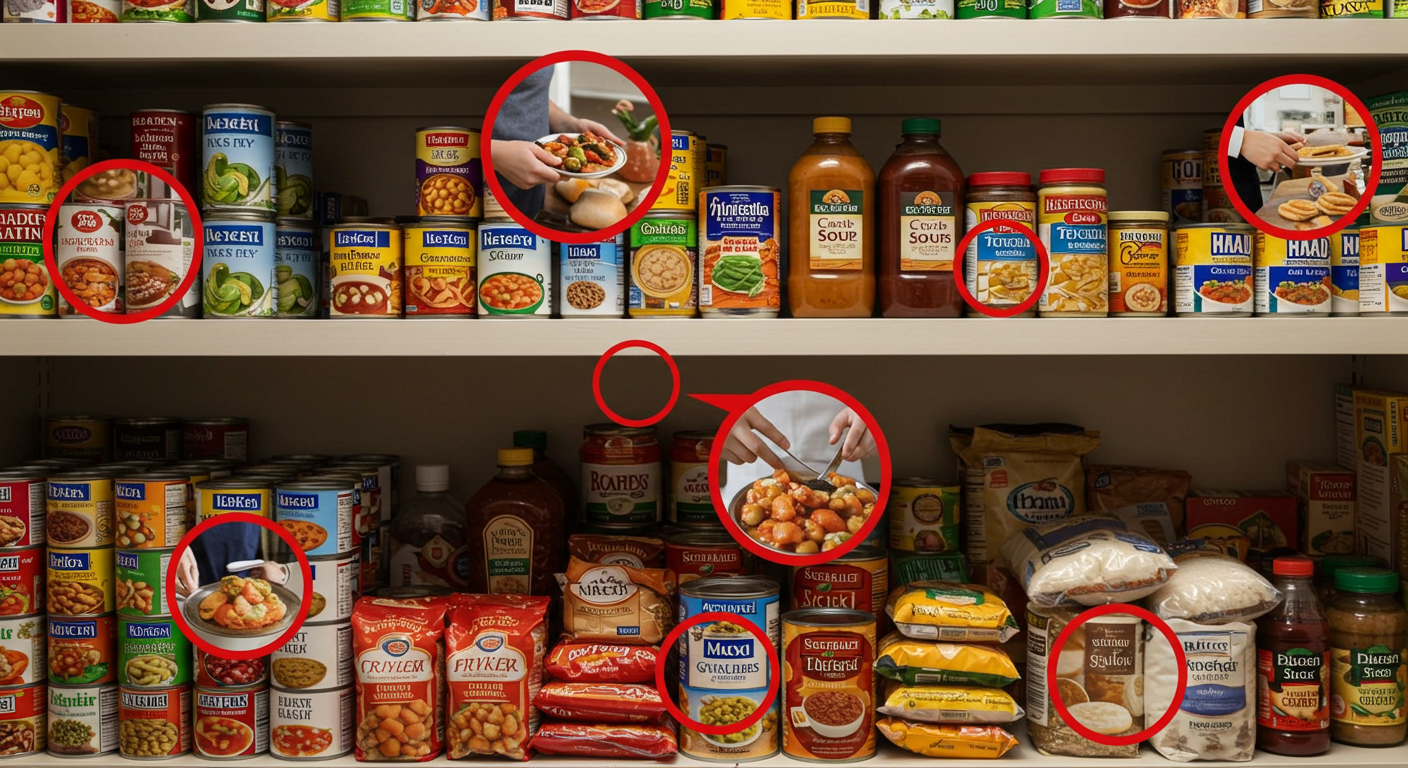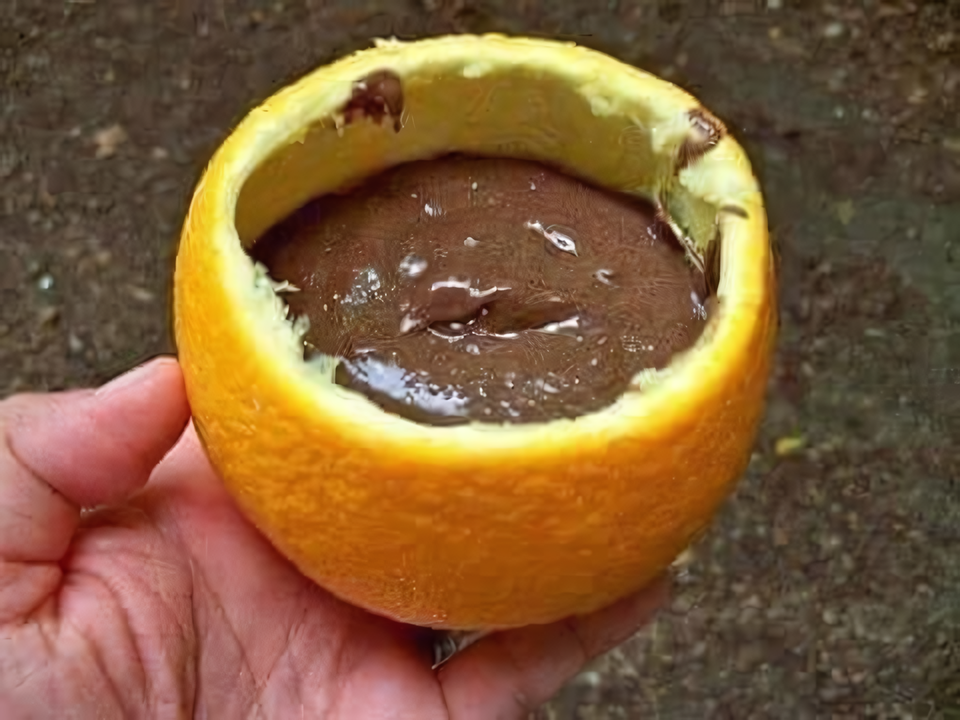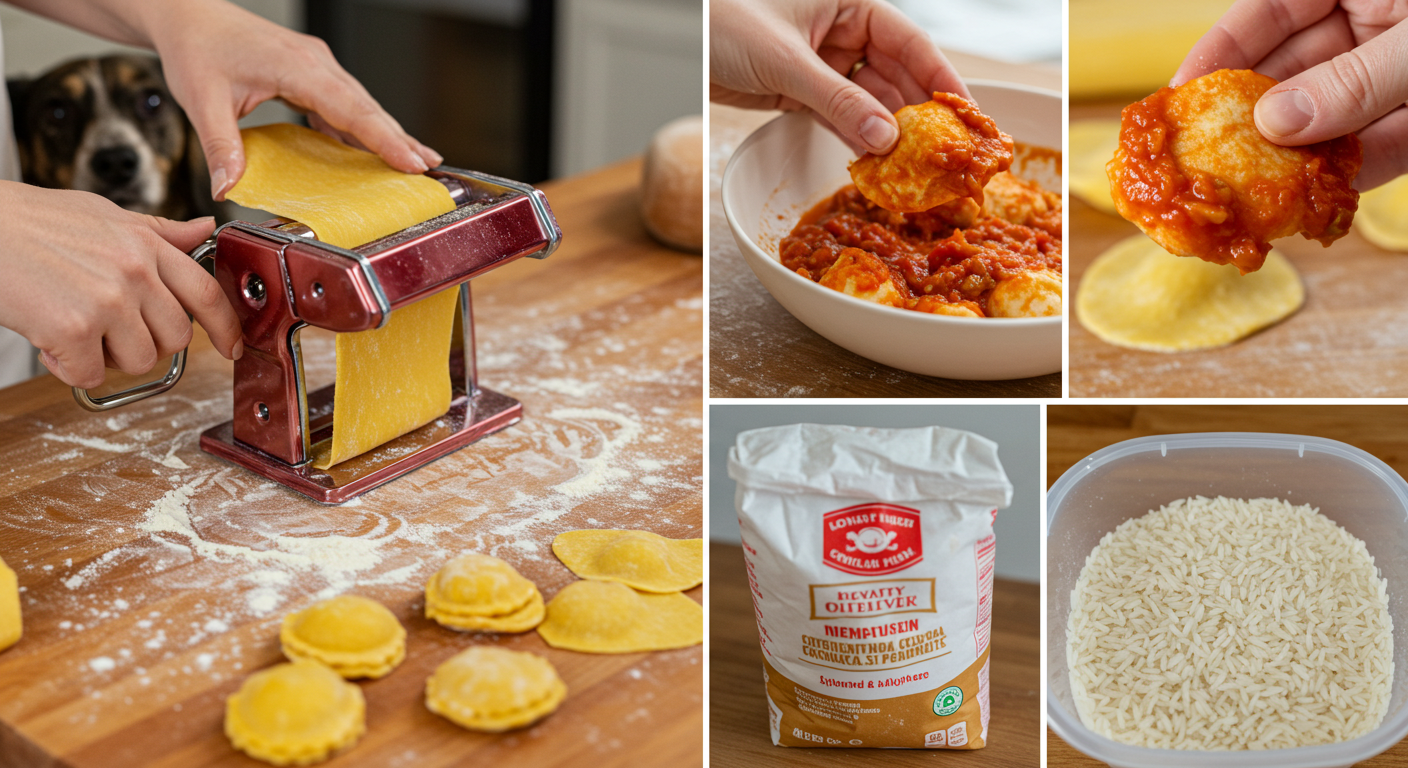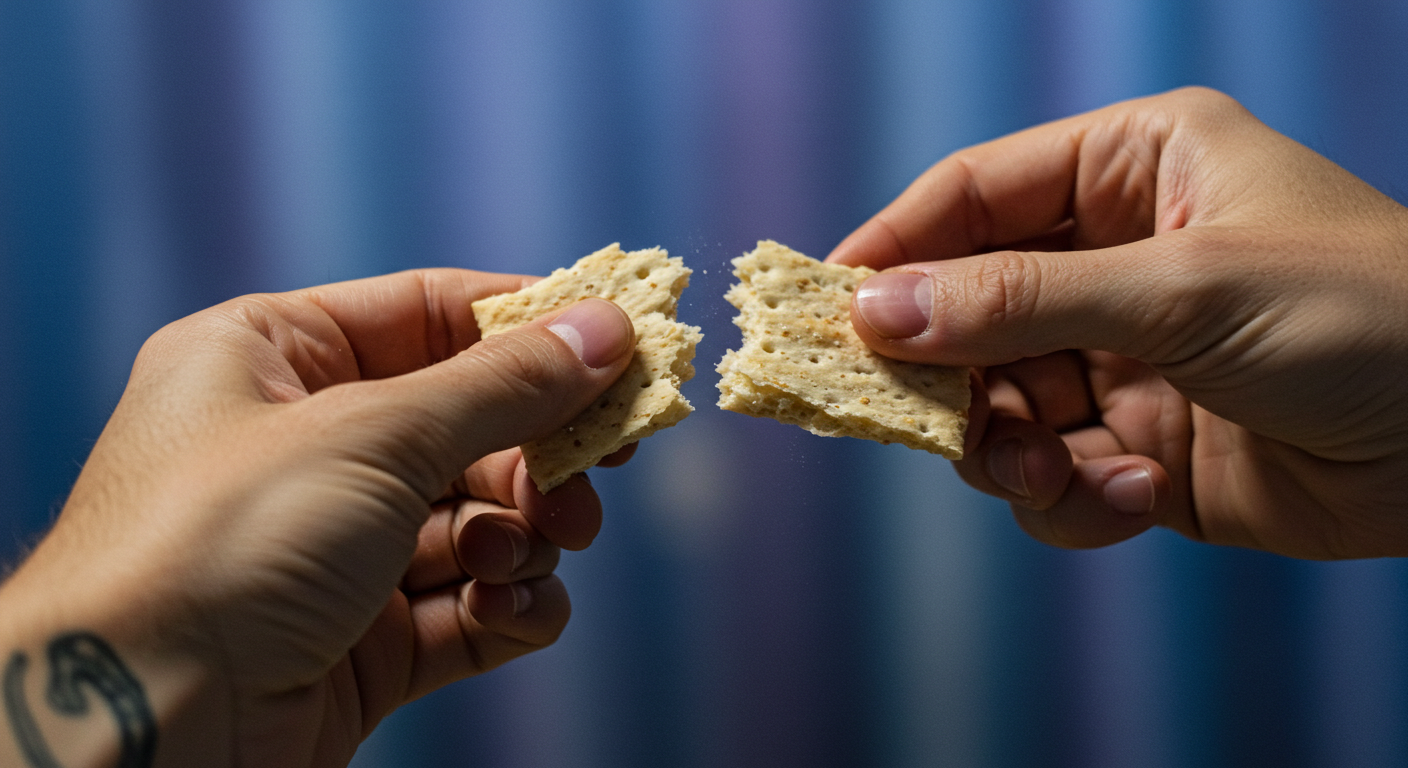The Smart Prepper’s Guide to Stockpiling Food from Food Banks
Building a solid emergency food stockpile doesn’t require deep pockets. Some of the most valuable, long-lasting foods can be found at food banks—a resource often overlooked by the preparedness community.
Food banks are not just for people in a state of crisis. When inflation hits, shelves run low, or a paycheck doesn’t go as far as it used to, they can be a lifeline for building tomorrow’s security. I’ve used them for years to wisely and responsibly build my own stockpile.
Here are 10 long-lasting foods with high nutritional value that you can get from food banks, along with tips on how to stockpile and preserve them.
1. Canned Vegetables
Why they’re great: Canned vegetables like green beans, corn, and peas are pantry staples for a reason. They are affordable, non-perishable, and rich in essential nutrients. When stored properly, they can last for five years or more. As long as the can is intact (no bulges or deep dents), the contents will remain safe even past the “best by” date.
How to stockpile:
- Store in a cool, dark room.
- Use the “first in, first out” (FIFO) method, using older cans first.
- Label and stack similar types of cans together for easy rotation.
Preservation tip: If you have an excess, consider dehydrating the contents to save space. You can also pressure-can them into smaller mason jars, which are ideal for single servings.
2. Canned Protein (Tuna, Chicken, Spam)
Why they’re great: Protein is a pillar of survival. Canned tuna, chicken, and other meats are excellent, shelf-stable sources of protein that require no refrigeration until opened. They are perfect for boosting the nutritional value of meals and are a must-have for bug-out bags.
How to stockpile:
- Keep them in a rodent-proof container or plastic tote.
- Label them with the expiration date and group them by protein type.
- Vacuum-seal the cans if you live in a high-humidity area.
Preservation tip: Canned proteins can be mixed with rice, pasta, or beans to stretch a single can into multiple meals.
3. Rice
Why it’s great: White rice is calorie-dense, cheap, and versatile. When stored properly in an airtight container with oxygen absorbers, it can last for up to 30 years. It’s the perfect base for any meal and can be paired with nearly any protein or vegetable.
How to stockpile:
- Transfer the rice from its original packaging into mylar bags.
- Store the bags inside 5-gallon food-grade buckets.
- Label the buckets with the contents and the date you stored them.
4. Pasta
Why it’s great: Dried pasta is a high-carb staple and a great comfort food. It cooks quickly and can last for over a decade when stored correctly.
How to stockpile:
- Remove pasta from cardboard boxes and store in airtight containers or mylar bags.
- Keep it in a dry place away from sunlight.
Preservation tip: For emergency situations or bug-out bags, you can pre-cook and dehydrate pasta. It will be lightweight and can be rehydrated quickly.
5. Dry Beans
Why they’re great: Dry beans are nutrient-dense, filling, and can last up to 30 years when stored properly. They are a high-protein, high-fiber backbone of many survival recipes.
How to stockpile:
- Use mylar bags with oxygen absorbers or vacuum-seal them.
- Store in food-grade buckets or bins.
- Keep them in a cool, dry place.
Preservation tip: You can pressure-can cooked beans in jars to create a ready-to-eat protein source. You can also grind them into a flour that can be used as a thickener for stews and soups.
6. Peanut Butter
Why it’s great: Peanut butter is a morale booster and a high-energy snack that is rich in protein and healthy fats. An unopened jar can last for a year or two past its printed date.
How to stockpile:
- Store in a cool, dark cabinet.
- Keep away from direct sunlight and heat.
Preservation tip: For true long-term storage, consider stockpiling powdered peanut butter, which can last for five years and be reconstituted as needed.
7. Oats and Instant Oatmeal
Why they’re great: Oats are easy to prepare, fiber-rich, and comforting. When stored in a dry, airtight container, they can last for over 20 years. They are perfect for breakfast, baking, or even making protein bars.
How to stockpile:
- Vacuum-seal them or use mylar bags with oxygen absorbers.
- Store in a temperature-controlled pantry.
8. Powdered Milk
Why it’s great: Powdered milk is a useful dairy substitute that can be used for baking or drinking. Non-fat powdered milk can last for over 20 years when sealed properly.
How to stockpile:
- Keep it in vacuum-sealed bags or airtight jars.
- Protect it from moisture, light, and heat.
9. Boxed Meals
Why they’re great: Boxed meals like mac and cheese or pasta sides may not be gourmet, but they are easy to prepare and can fill a belly. They can last for 2-3 years if kept dry.
How to stockpile:
- Store in dry totes or bins.
- Repackage them into mylar bags with desiccants to extend their shelf life.
10. Canned Soups and Stews
Why they’re great: Canned soups and stews are calorie-dense and comforting. They are ready to eat and can last for five years or longer.
How to stockpile:
- Store cans upright in labeled rows.
- Keep similar soups grouped together.
How to Get Started
Food banks are a great way to start or supplement your stockpile. Many are part of a larger network, and you can find them online. Be respectful and understand the eligibility rules, and you can responsibly build a reliable food reserve.
By using these tips, you can transform a small haul from a food bank into a secure food supply. Learn to create a rotation schedule, preserve extras, and batch cook meals to ensure you have a constant supply of food for any crisis.




